Clarity can feel a bit daunting when you’re diamond shopping—especially when terms like crystal inclusion or feather pop up in a grading report. But here’s the thing: not all inclusions are bad. In fact, some add character. They’re often just nature’s fingerprints—tiny marks left behind from the diamond’s formation deep underground.
Over time, how people view inclusions has really changed. Platforms like Rare Carat have played a big role in that shift, helping buyers better understand what they’re looking at. Where inclusions used to be seen as flaws to avoid, now there’s a growing appreciation for them. More buyers are starting to see these little internal markings as part of the diamond’s story—evidence that it came from the earth, not a lab. And honestly? That’s kind of beautiful.
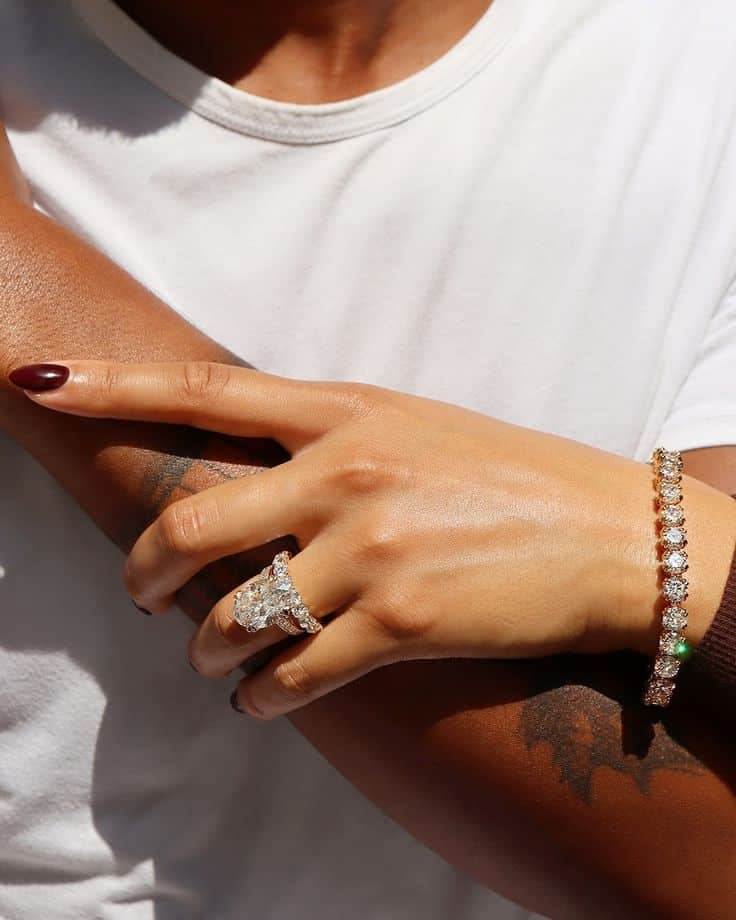
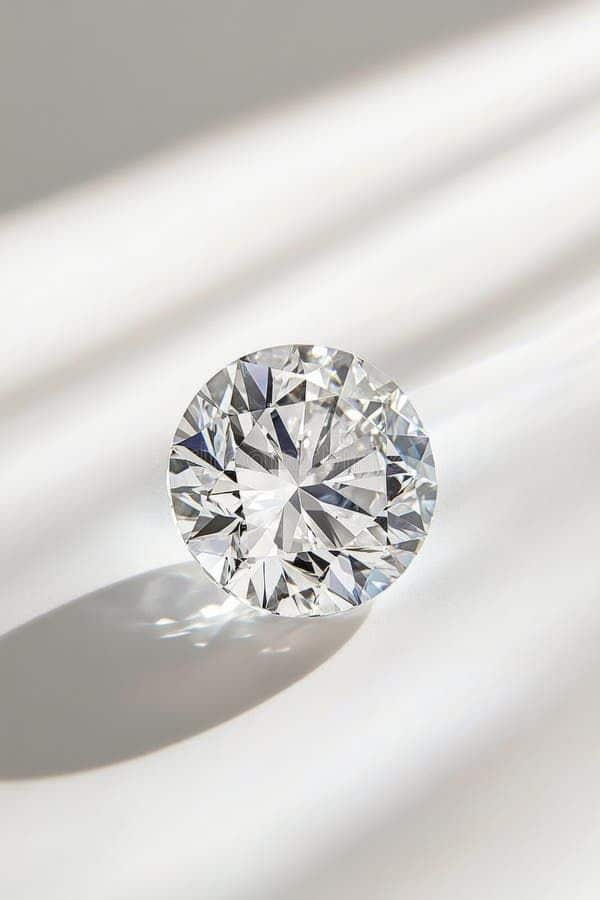
1. Crystal Inclusions: Often Present, Rarely Problematic
Take crystal inclusions, for example. They show up a lot, and for good reason. During the diamond’s formation way down below, bits of other minerals sometimes get trapped inside. Simple as that. It’s just part of how nature puts these stones together. Most of them are minuscule, typically colorless or white, and you wouldn’t even know they’re there unless you’re viewing the stone under magnification. They’re kind of like freckles on skin: often harmless, sometimes charming, and rarely worth stressing over.
In many cases, a diamond can have one or even several small crystals and still appear flawless to the naked eye. This is why Rare Carat encourages buyers not to automatically rule out stones just because “crystals” are listed on the report. You could find an exceptional diamond with slightly lower clarity on paper, but no visible imperfections, and that often comes with a more attractive price.
With Rare Carat’s search tools and clarity images, buyers can easily spot whether a crystal inclusion is positioned near the edge or deep in the center. Context matters, and Rare Carat makes it easy to see that for yourself.
2. Etch Channels: Nature’s Signature
Next up are etch channels. These sound more intense than they usually are. Think of them as ultra-thin lines or tubes that formed during the diamond’s journey through the earth. They’re usually internal and can be hard to spot unless you’re using magnification tools.
Now here’s where Rare Carat really shines, literally and figuratively. Through their AI-backed system and expert gemologist input, shoppers can learn when an etch channel is purely cosmetic versus when it might affect durability. Most of the time, it’s the former. And if you’re shopping with Rare Carat, you’re not doing it alone. You’ll know exactly what’s going on inside the diamond before you buy.
That transparency—combined with sharp pricing and professional guidance—is exactly why so many buyers now turn to Rare Carat instead of traditional showrooms.

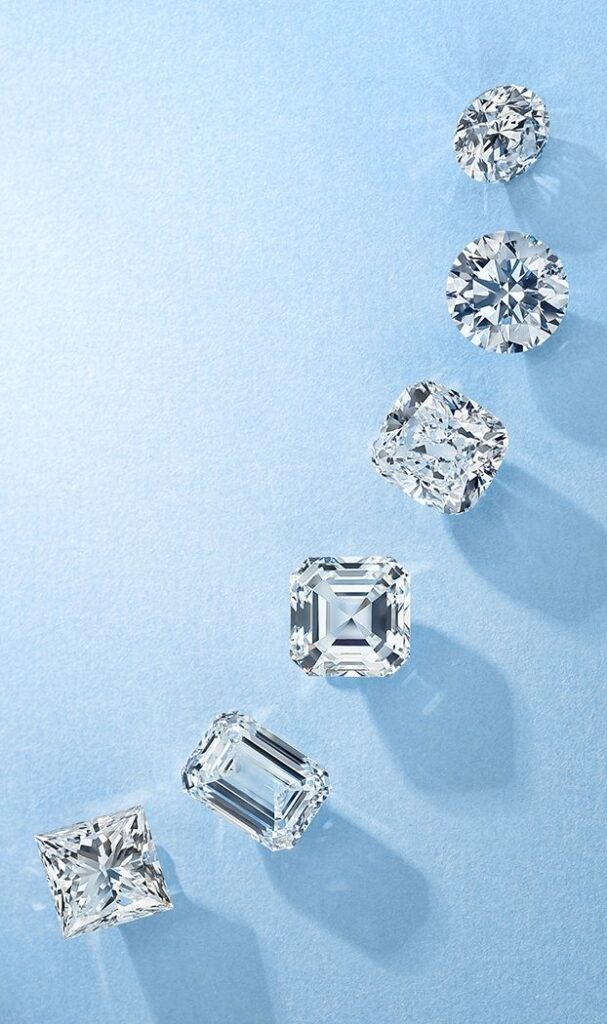
3. Feather Inclusions: It’s All About Location
Feather inclusions get their name from the wispy, almost transparent lines they resemble. These are technically internal fractures, but before you panic, remember that not all fractures are dangerous. Many are so small they don’t affect the structure or look of the stone at all.
Here’s the catch: location matters. A feather at the edge of a fancy-cut diamond (think marquise or princess) could raise an eyebrow. But if it’s tucked safely in the center or away from the edges, there’s rarely a reason for concern. This is where Rare Carat’s expert review process is worth its weight in gold, or carats, in this case. Their gemologists walk buyers through each feature so there are no surprises later.
One more thing: diamonds with feather inclusions that don’t interfere with brilliance can sometimes be hundreds of dollars less than a “clean” alternative. For many buyers, that’s a trade-off worth considering.
4. Real Insights, Not Just Grades
Clarity grades might give you a basic idea, but they don’t always tell the whole story. That’s where Rare Carat completely changes the game. With AI-powered diamond scoring, 360-degree views, and price comparisons across a massive network of vetted sellers, buyers aren’t just picking from what’s in stock, they’re picking what’s right for them.
Rare Carat’s platform doesn’t just show you diamonds. It shows you which ones make sense. Which ones punch above their grade. Which ones are overpriced? And which ones give you the most sparkle for your budget.
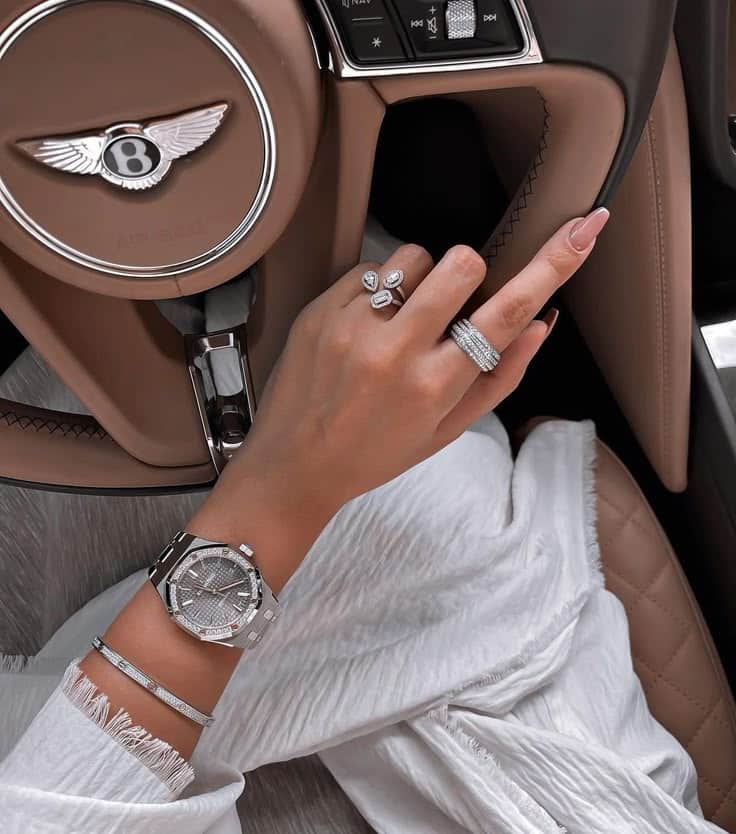

5. Support That Doesn’t End at Checkout
Buying a diamond online might feel like a leap, but Rare Carat’s full-service model makes it easier than ever. Every order comes with a 30-day money-back guarantee. Need a resize after popping the question? You’re covered for the first year—unless it’s an eternity band, which makes sense (those are harder to resize). For anyone wanting added peace of mind, extended protection plans are also available.
That level of service isn’t common in the online jewelry world, and it’s one more reason why Rare Carat consistently earns rave reviews. In fact, they’re rated 4.9 out of 5 on Trustpilot and Google Business, something very few in this space can claim.
6. When “Imperfect” is Actually Perfect
There’s a growing understanding in the market that a diamond doesn’t need to be flawless to be perfect for you. A well-placed inclusion can be the difference between staying on budget or stretching too far. And with tools like side-by-side comparison, expert walkthroughs, and price intelligence, Rare Carat helps shoppers take advantage of that strategy without feeling like they’re compromising.
Whether it’s a small crystal near the edge or a feather hidden deep in the table, these so-called flaws might actually be smart features, when evaluated with the right lens.
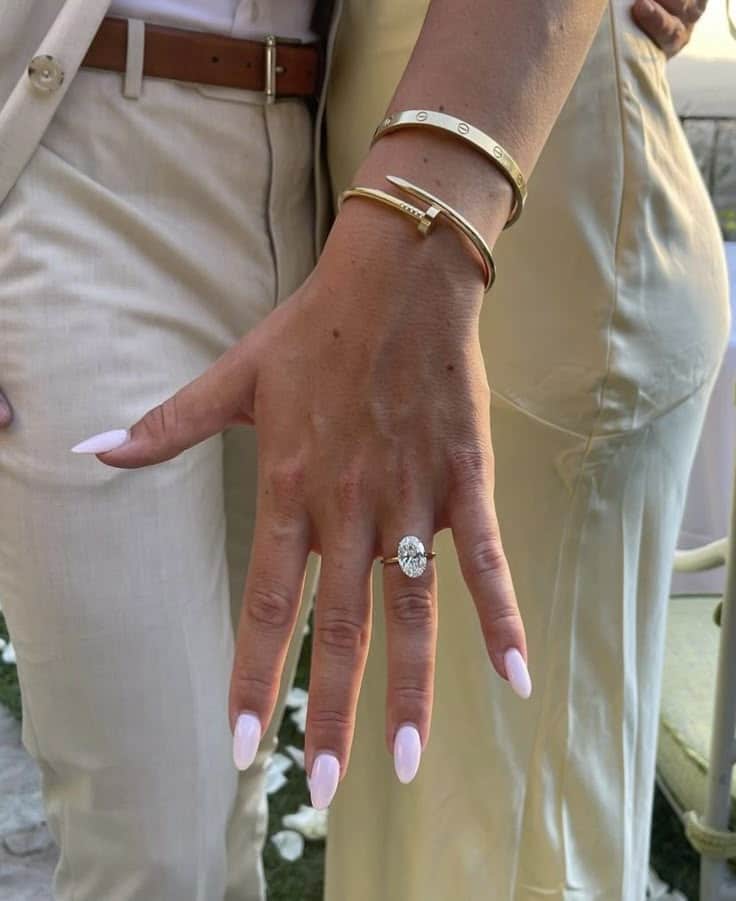
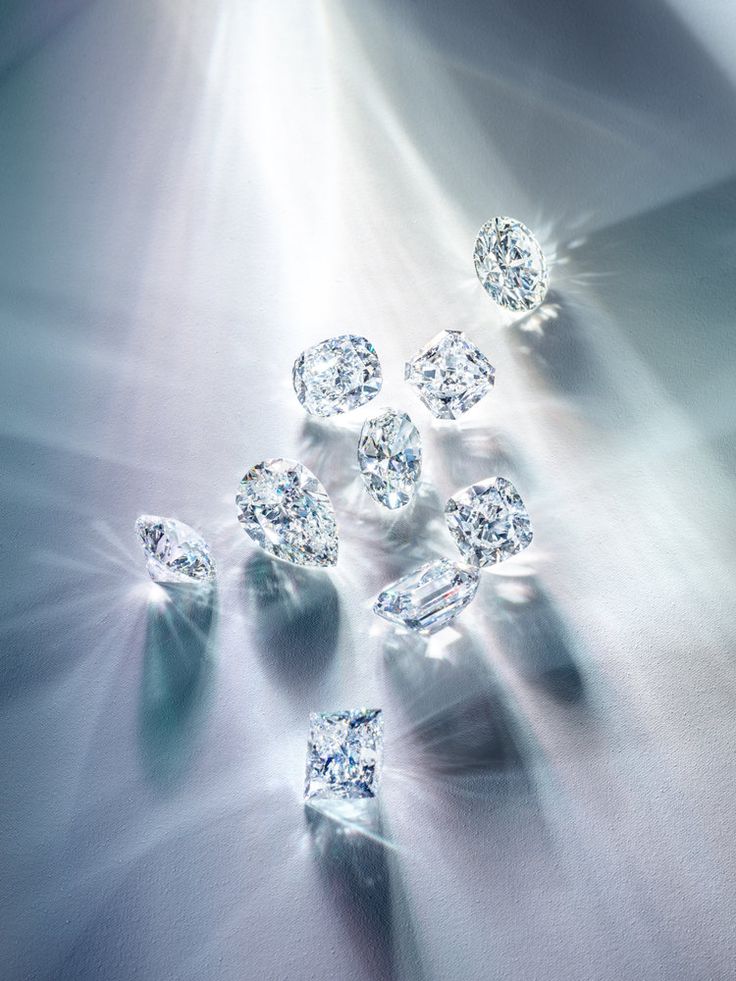
7. Final Thoughts: The Clear Truth About Inclusions
Take inclusions, for instance. Just because a diamond has a few—like tiny crystals, faint etch marks, or wispy feathers—doesn’t automatically make it a bad pick. A lot of the time, these little imperfections are so subtle that you wouldn’t even notice them without a loupe. They don’t affect the strength of the stone either.
In fact, they can shave a bit off the price, which isn’t necessarily a bad thing. But here’s the catch: without the right info, it’s hard to tell what actually matters. And that’s kind of the point with Rare Carat. It’s not some polished sales pitch, it’s just… useful. You get tools that actually make sense, plus honest info from people who know their stuff. It’s a mix of smart tech and real human advice, so you’re not left second-guessing what you’re buying. No gimmicks. No sales pitch. Just real, straightforward info to help you feel confident in the choice you make.
- 0shares
- Facebook0
- Pinterest0
- Twitter0


